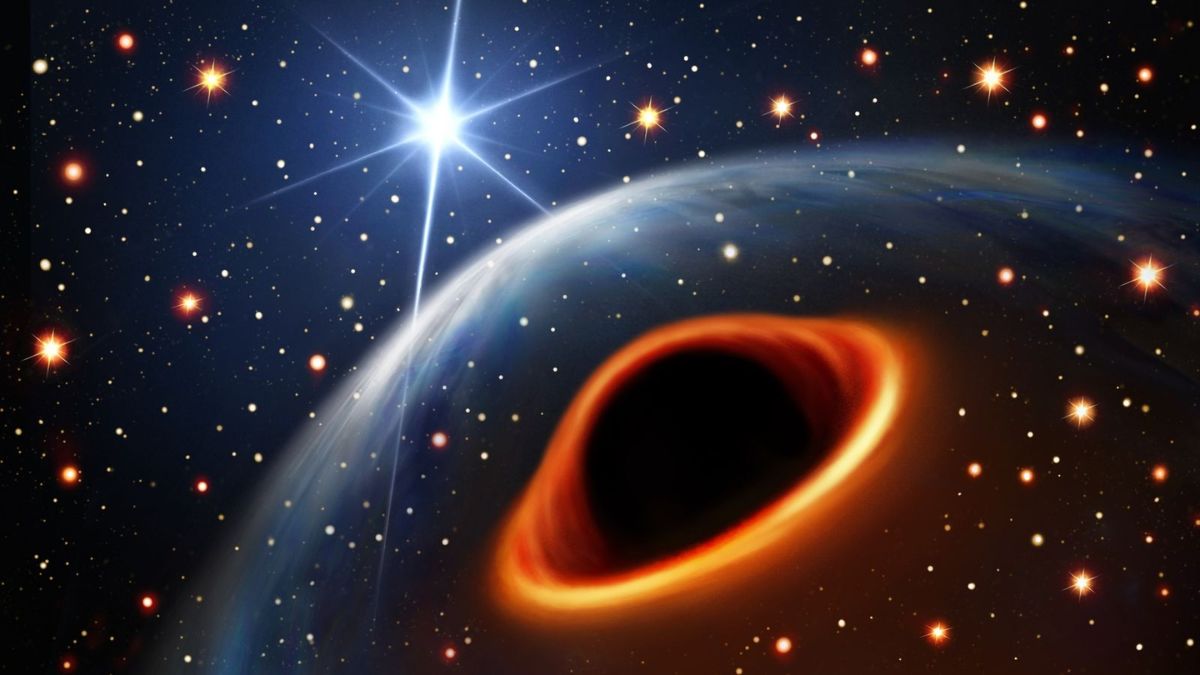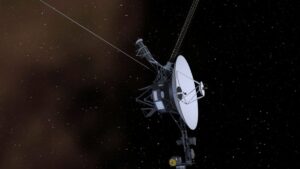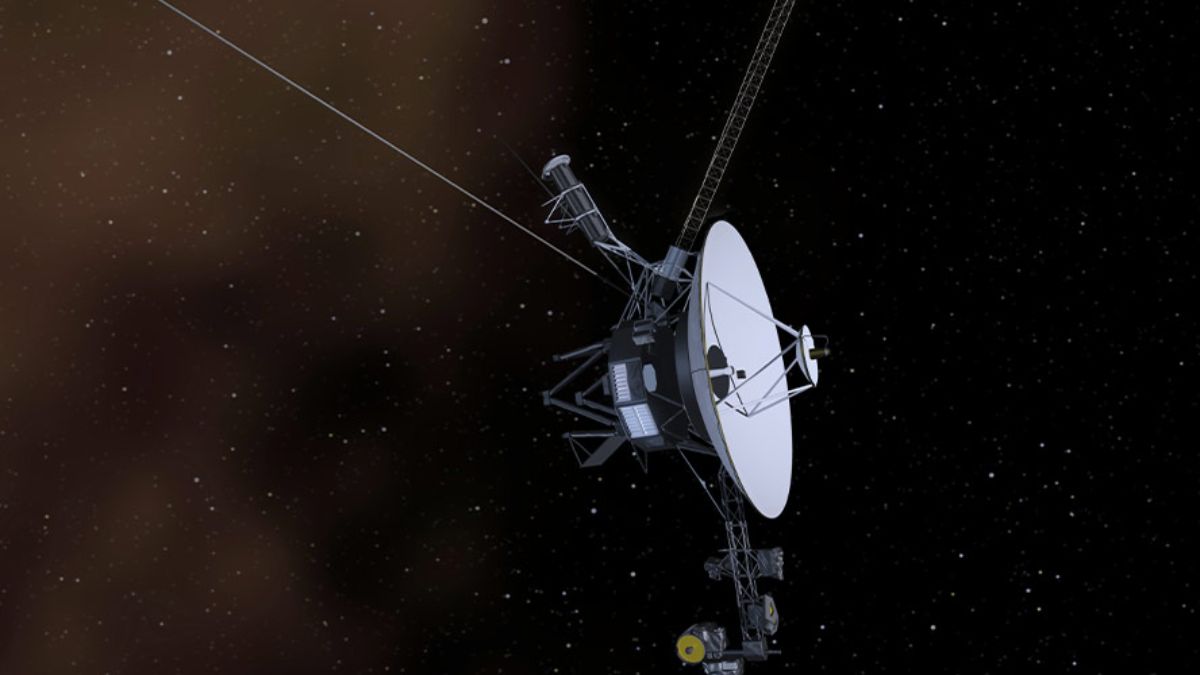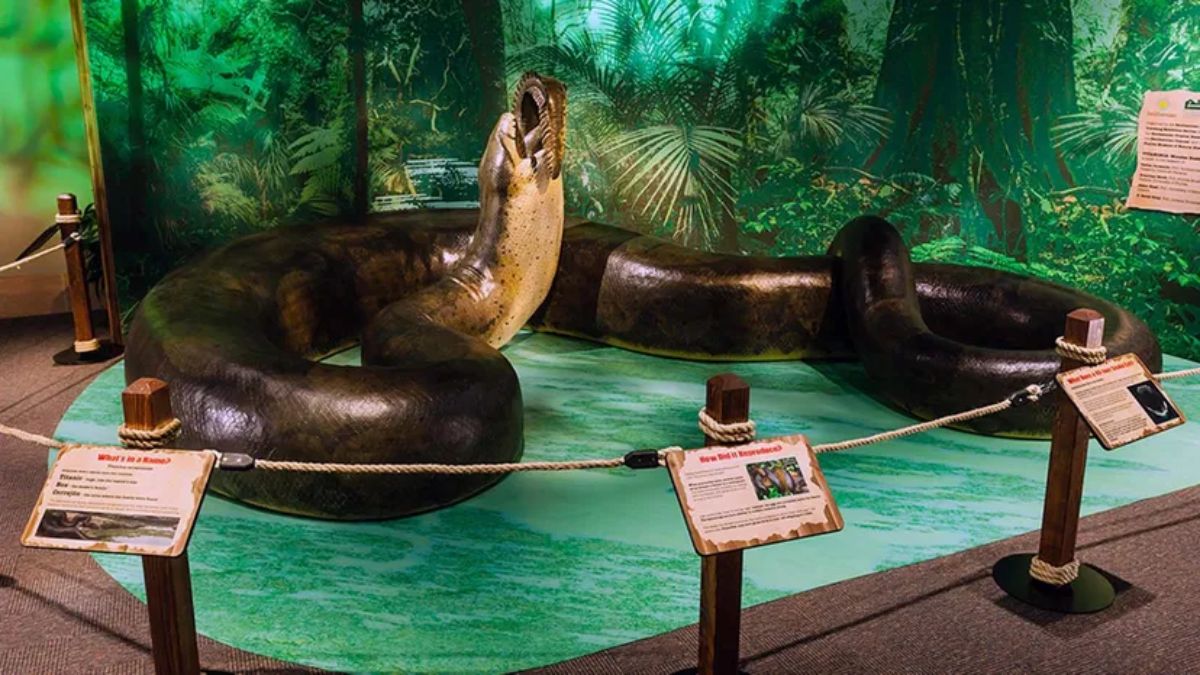Once again, NASA has shaken up the world of astronomy with a discovery that has scientists scratching their heads. This time, it’s a huge gas planet orbiting a star so small that, by all current theories, it shouldn’t have been able to form a planet that big at all. But here we are, questioning what we thought we knew about planetary formation.
Table of Contents
This finding not only goes against the most accepted model of how planets form but also opens new doors to knowing how diverse and unexpected the universe really is.
Discovery
NASA’s latest finding, using advanced telescopes and satellites, has revealed a planetary system that doesn’t fit the rules. The gas giant, named TOI-6894b, is orbiting a tiny red star—and that’s exactly the problem.
Based on everything scientists previously believed, a star that small shouldn’t have had enough material around it to form such a massive planet. So how did it happen?
TOI-6894b
Let’s talk about the planet in question: TOI-6894b. Located around 241 light-years away from Earth in the Leo constellation, this planet is a gas giant with a size and structure similar to Saturn.
Here’s what scientists have observed so far:
| Feature | Value |
|---|---|
| Distance from Earth | ~241 light years |
| Planet type | Gas giant |
| Size | 1.07 times larger than Saturn |
| Mass | Slightly more than half Saturn’s |
| Density | Very low |
| Orbit duration | Less than 3 Earth days |
Now here’s the kicker: TOI-6894b orbits extremely close to its host star, completing a full orbit in under three days. That’s incredibly fast for a planet of its size.
Accretion
The biggest issue? The discovery breaks the mold of the “core accretion” model, which is currently the most widely accepted theory for how planets form.
Here’s how core accretion works:
- A rocky core forms first.
- That core then pulls in large amounts of gas from the surrounding disk.
- The process builds a gas giant—like Jupiter or Saturn.
But here’s the problem: this process requires a thick, heavy disk of dust and gas. Tiny red stars, like the one in the TOI-6894b system, aren’t supposed to have that kind of material. So how did this gas giant form?
Tools
To detect TOI-6894b, scientists used a pair of powerful tools:
- TESS (Transiting Exoplanet Survey Satellite): Spotted dimming patterns in the light of the star, hinting at a planet passing in front of it.
- VLT (Very Large Telescope): Confirmed the planet’s existence and began collecting more precise data.
Now, scientists plan to take it a step further by studying the planet in detail with the James Webb Space Telescope.
Future
NASA isn’t done with TOI-6894b just yet. The next step is to get a much closer look at this planet using the James Webb Space Telescope (JWST).
Why JWST? Because it can help answer some big questions:
- What is the size of the planet’s core?
- What elements make up its atmosphere?
- How much hydrogen and helium does it contain?
- Could there be more planets in similar situations out there?
This future study could rewrite what we know about planet formation—again.
Importance
The discovery of TOI-6894b shows that even well-accepted theories in science can be shaken by new data. It also proves that space still holds plenty of surprises, and we’re only scratching the surface of what’s out there.
The idea that a gas giant can form around such a small star means we may need to go back and rethink some of the basics about how planetary systems evolve. It’s discoveries like these that remind us: the universe doesn’t always follow our rules.
So, what’s next? If this massive planet formed around a tiny star, how many more unexpected planetary systems are waiting to be found?
NASA’s missions are slowly peeling back the layers of the unknown—and every new discovery like TOI-6894b proves that the universe still has many stories to tell.
FAQs
What is TOI-6894b?
A giant gas planet orbiting a tiny red star.
Why is this discovery surprising?
Small stars aren’t expected to form large planets.
Where is TOI-6894b located?
About 241 light years away in Leo.
How was the planet discovered?
Using TESS and the Very Large Telescope.
What’s the next step in research?
NASA plans to study it with the James Webb Telescope.

















